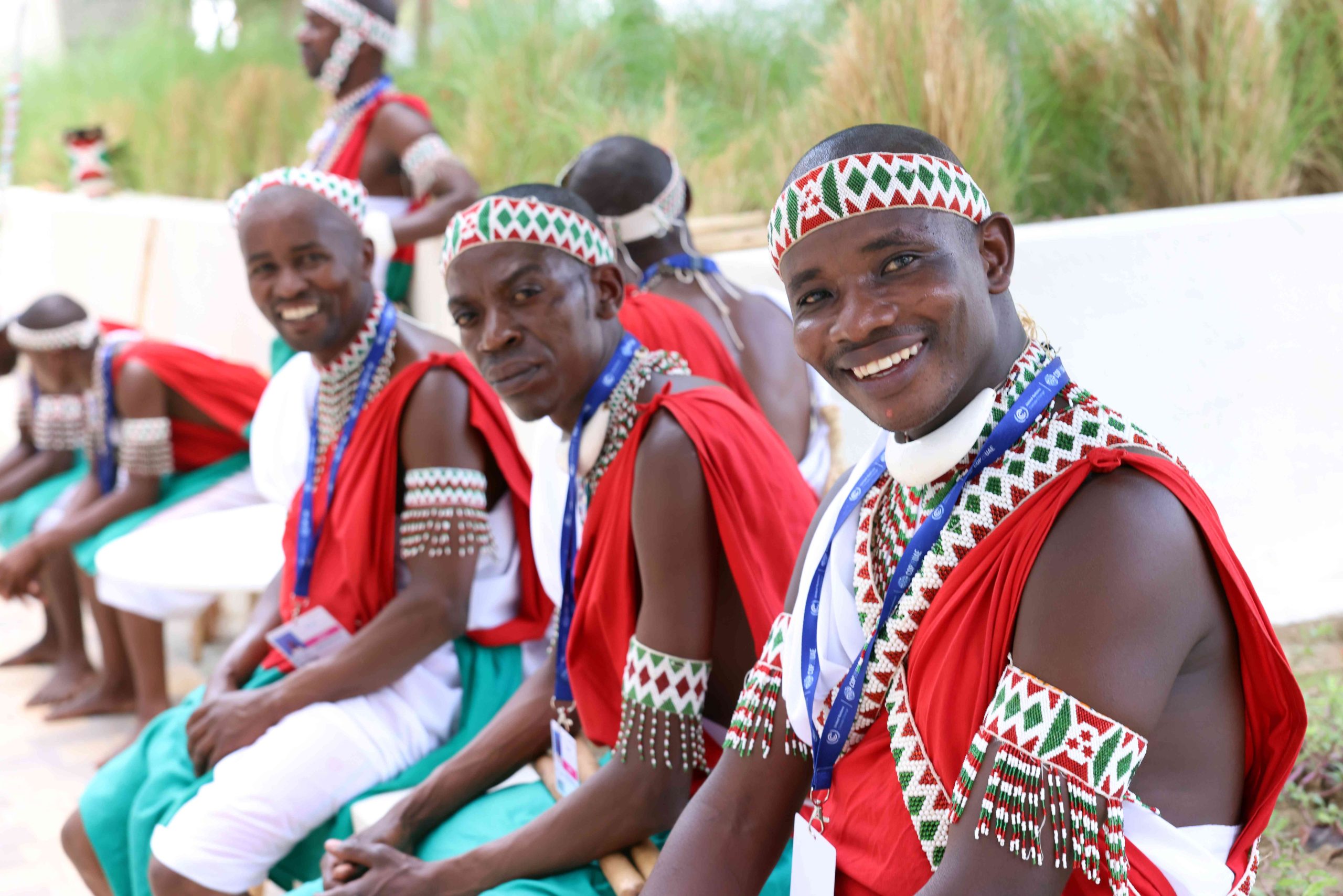Indigenous communities worldwide have been disproportionately bearing the brunt of climate change’s consequences. Despite accounting for only 6% of the global population, they protected 80 percent of the world’s biodiversity, according to the World Wildlife Fund.
COP26 in Glasgow marked a significant turning point for these communities by announcing a US$1.7 billion pledge to support indigenous peoples until 2025. This timely aid came as a study by Rainforest Foundation Norway, released the same year, revealed that only 1 percent of global climate finance reached indigenous peoples.
The agreement reached in Glasgow represented the first substantial global response to safeguard these communities, who were essential in the fight against climate change.
The aid had been distributed through organizations like the Global Alliance of Territorial Communities (GATC), which comprised institutions from Latin America, Africa, and Asia, representing 35 million people from 24 countries. It has been used to combat deforestation, assist communities in protecting against potential threats like pandemics, and boost education and technology development.
Beyond climate finance, which was critical for the conservation, restoration, and protection of nature, indigenous communities had also demanded to be included at the forefront of negotiations. The indigenous communities had specifically proposed a bioregional plan to transition to an economic model that favored nature protection, such as community-based tourism and sustainable entrepreneurship.
COP28 Dubai had established the ‘Indigenous Peoples’ Ceremonial Circle’ space in the Green Zone to ensure that their voices were heard. The space had hosted traditional ceremonies to connect visitors with indigenous peoples, their lands, waters, and traditions.














